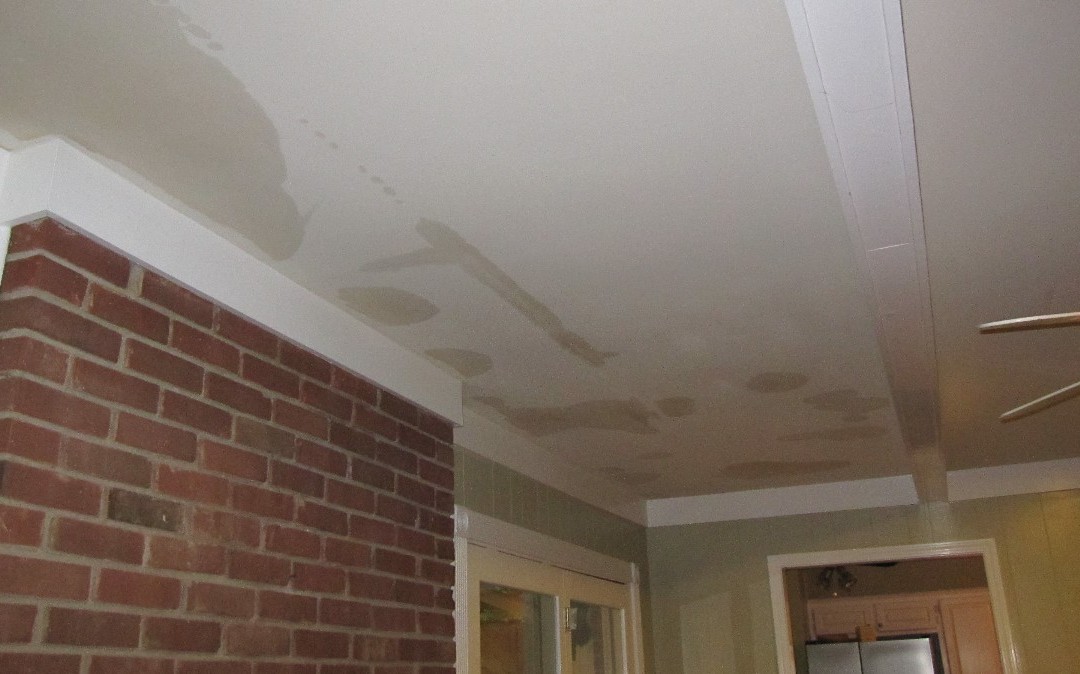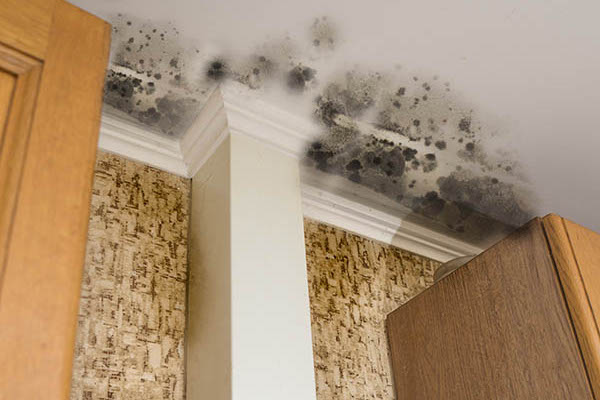Steps to Locate and Address Stains from Water Adequately
Steps to Locate and Address Stains from Water Adequately
Blog Article
Are you currently searching for related information around How to Remove Water Stains from Walls and Ceilings?

Water spots on walls are not enjoyable to the eyes. Often it appears practically inevitable to experience water spots on walls in residences.
House owners living in damp regions frequently manage the anxiety of water spots on walls. That does not have to be the instance for you. With well-shaped and precise details on the root causes of water stains and also prompt repair work processes, you will always be an action ahead of such incidents. So, this post promises to be a helpful guide for you.
3 Common Causes of Water Discolorations on Walls
Unlike common belief, water stains on wall surfaces do not always stem from bad building products. There are a number of sources of water stains on wall surfaces. These include:
Poor Drain
When making a structure plan, it is critical to guarantee ample drain. This will avoid water from leaking right into the walls. Where the drain system is blocked or missing, below ground dampness develops. This links to too much dampness that you notice on the walls of your structure.
So, the leading reason for wet wall surfaces, in this instance, can be an inadequate water drainage system. It can additionally be because of bad management of sewage pipes that go through the structure.
Moist
When hot wet air consults with completely dry chilly air, it creates water droplets to form on the wall surfaces of buildings. When there is heavy steam from food preparation or showers, this happens in kitchens as well as washrooms. The water beads can stain the bordering walls in these parts of your residence and spread to other locations.
Damp or condensation affects the roofing and also wall surfaces of buildings. This causes them to show up darker than other areas of the house. When the wall surface is wet, it produces a suitable atmosphere for the growth of fungi as well as microbes. These might have negative impacts on health, such as allergic reactions and respiratory system problems.
Pipeline Leaks
Most homes have a network of water pipes within the wall surfaces. This makes certain that the pipelines are well away from the reach of damaging rodents. It always boosts the stability of such pipelines, as there is little oxygen within the wall surfaces. This prevents rust.
A downside to this is that water leak impacts the walls of the structure and creates extensive damage. A telltale sign of damaged pipes is the appearance of a water discolor on the wall.
Water Discolorations on Wall: Fixing Tips
House owners would generally want a quick fix when managing water stains. Yet, they would soon recognize this is disadvantageous as the water stains recur. So, below are a few practical tips that will lead you in the repair of water spots on wall surfaces:
Pro Pointer
A houseplant in your home likewise increases its moisture. So, if your home is already humid, you might wish to present houseplants with very little transpiration. An example of ideal houseplants is succulents.
Conclusion
Although no person wants to have water spots on walls in their residence, it can happen to the very best people. This post gives you leverage, as you now understand just how to manage this incident if it does occur.
It is constantly best to recruit specialist solutions to aid take care of the problems in your house.
Sometimes it seems almost unavoidable to experience water spots on walls in homes.
In contrast to preferred belief, water spots on walls do not constantly stem from bad building products. There are numerous reasons of water stains on wall surfaces. The water beads can stain the bordering wall surfaces in these parts of your residence as well as spread to other locations.
Here are a couple of practical ideas that will assist you in the repair work of water discolorations on wall surfaces:
How to Fix Water Stains On Walls
Water stains on walls aren’t something anyone enjoys to look at in their home. It might seem like an easy option to just paint over the stain, but it will take more than that. It’s very important to determine if there is an ongoing problem causing the stain, and fixing that before you go any further. If you don’t follow the steps, you could have more problems down the line.
Solve the Underlying Issue
Water stains on walls are a big sign of water damage. Seeing this is your signal to find out where the water could be coming from. Most likely this is due to a leak somewhere in your plumbing, but there could be other causes. These problems can be from somewhere outside your home as well. If you can’t determine where the leak is coming from, call your local plumber to find the leak and repair it.
Here are some common reasons water damage can occur:
Plumbing failures Construction failures Natural events Appliance failures Dry the Area
Once you’ve fixed the underlying problem, you need to make sure the area is completely dry. You can do this using dehumidifiers and fans. Place the dehumidifier on the highest setting in between two fans. Depending on how large the stain is, it can take hours to completely dry. Even if the wall only feels a little damp, it’s still important to fully complete the drying process. If you’re in count, go ahead and allow the fans and dehumidifier to run overnight.
Remove Loose Material
Water stains on walls may be covering more damage than what you can see. Use a painter’s knife or a putty knife to scrape away at any loose paint or material from the wall. If the damage is minor, you will just be scraping away at the layers of paint. If the damage is more prominent, you may need to scrape away deeper into the wall to remove all the damaged material.
Clean the Area With Bleach
Once you’ve removed all the damaged material and the water stains from the walls, use a bleach mixture to sanitize the area. If it’s not sanitized, it can lead to mold. Carefully wipe down the area to avoid letting bleach drip onto your floors or furniture. Make sure when you are cleaning the area to get into every crevice to ensure mold will not be able to grow. After you have done this, allow it to air dry completely before moving to the next step.
Repair the Wall if Needed
Now that the area is cleaned, it’s time to repair the wall. If you had to scrape away at more than just the paint on the wall, you will need to use drywall mud to fill in any cracks, dents, or crevices. Use your painter’s knife to smooth it over and let it dry. Use some sandpaper to sand it down to make it even with the wall. If you need to do a few layers, that’s completely fine. Just make sure to allow it to dry between each layer.
https://www.1tomplumber.com/how-to-fix-water-stains-on-walls/

We had been shown that article about How to Find and Repair Water Leaking in the Wall through a good friend on another blog. Those who liked our page kindly don't forget to share it. Kudos for your time. Please come visit our blog back soon.
Book Your Appointment Report this page